3-Oxetanone
Synonym(s):1,3-Epoxy-2-propanone
- CAS NO.:6704-31-0
- Empirical Formula: C3H4O2
- Molecular Weight: 72.06
- MDL number: MFCD09263255
- EINECS: 664-396-2
- SAFETY DATA SHEET (SDS)
- Update Date: 2024-11-28 18:20:31

What is 3-Oxetanone?
Chemical properties
Colorless liquid
The Uses of 3-Oxetanone
3-Oxetanone can be used to synthesize:
- Various oxetane-containing lead compounds with improved solubility, reduced lipophilicity and amphiphilicity.
- (Hydroxymethyl)oxazoles and (hydroxymethyl)thiazoles via single-step microwave mediated reaction with primary amides and thioamides, respectively.
- Oxetane containing spirocycles through thermal 1,3-dipolar cycloaddition reaction with α-amino acids or secondary α-amino acid esters.
The Uses of 3-Oxetanone
3-Oxetanone is used as a starting material for the preparation of other oxetanes compounds, which are of pharmacological interest. It is also considered as an object for theoretical studies.
General Description
Product may polymerize over time during storage.
Properties of 3-Oxetanone
| Boiling point: | 140 °C |
| Density | 1.231 |
| refractive index | 1.426 |
| Flash point: | 53 °C |
| storage temp. | -20°C |
| solubility | Miscible with tetrahydrofuran. |
| form | clear liquid |
| color | Colorless to Red to Green |
| InChI | InChI=1S/C3H4O2/c4-3-1-5-2-3/h1-2H2 |
Safety information for 3-Oxetanone
| Signal word | Danger |
| Pictogram(s) |
 Flame Flammables GHS02  Corrosion Corrosives GHS05  Exclamation Mark Irritant GHS07 |
| GHS Hazard Statements |
H226:Flammable liquids H302:Acute toxicity,oral H315:Skin corrosion/irritation H317:Sensitisation, Skin H318:Serious eye damage/eye irritation H335:Specific target organ toxicity, single exposure;Respiratory tract irritation |
| Precautionary Statement Codes |
P210:Keep away from heat/sparks/open flames/hot surfaces. — No smoking. P233:Keep container tightly closed. P280:Wear protective gloves/protective clothing/eye protection/face protection. P301+P312:IF SWALLOWED: call a POISON CENTER or doctor/physician IF you feel unwell. P303+P361+P353:IF ON SKIN (or hair): Remove/Take off Immediately all contaminated clothing. Rinse SKIN with water/shower. P305+P351+P338:IF IN EYES: Rinse cautiously with water for several minutes. Remove contact lenses, if present and easy to do. Continuerinsing. |
Computed Descriptors for 3-Oxetanone
| InChIKey | ROADCYAOHVSOLQ-UHFFFAOYSA-N |
| SMILES | O1CC(=O)C1 |
3-Oxetanone manufacturer
Dr. Silviu Pharmachem Pvt., Ltd.
1Y
Phone:+91-8390608382
Whatsapp: +91 8390608382
product: 6704-31-0 98%
New Products
(S)-3-Aminobutanenitrile hydrochloride 4-Methylphenylacetic acid N-Boc-D-alaninol N-BOC-D/L-ALANINOL Tert-butyl bis(2-chloroethyl)carbamate 3-Morpholino-1-(4-nitrophenyl)-5,6-dihydropyridin- 2(1H)-one Furan-2,5-Dicarboxylic Acid Tropic acid 1-Bromo-3,5-Di-Tert-Butylbenzene S-2-CHLORO PROPIONIC ACID ETHYL ISOCYANOACETATE 2-Bromo-1,3-Bis(Dimethylamino)Trimethinium Hexafluorophosphate 4-IODO BENZOIC ACID 3-NITRO-2-METHYL ANILINE 1-(2,4-DICHLOROPHENYL) ETHANAMINE (2-Hydroxyphenyl)acetonitrile 4-Bromopyrazole 2-(Cyanocyclohexyl)acetic acid 4-methoxy-3,5-dinitropyridine 1-(4-(aminomethyl)benzyl)urea hydrochloride 2-aminopropyl benzoate hydrochloride diethyl 2-(2-((tertbutoxycarbonyl)amino) ethyl)malonate tert-butyl 4- (ureidomethyl)benzylcarbamate Ethyl-2-chloro((4-methoxyphenyl)hydrazono)acetateRelated products of tetrahydrofuran

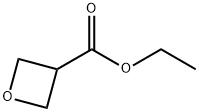

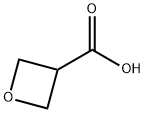

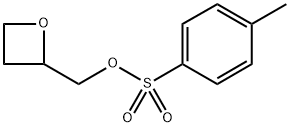

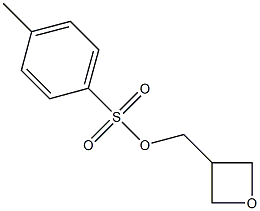
You may like
-
 6704-31-0 Oxetan-3-one 95%View Details
6704-31-0 Oxetan-3-one 95%View Details
6704-31-0 -
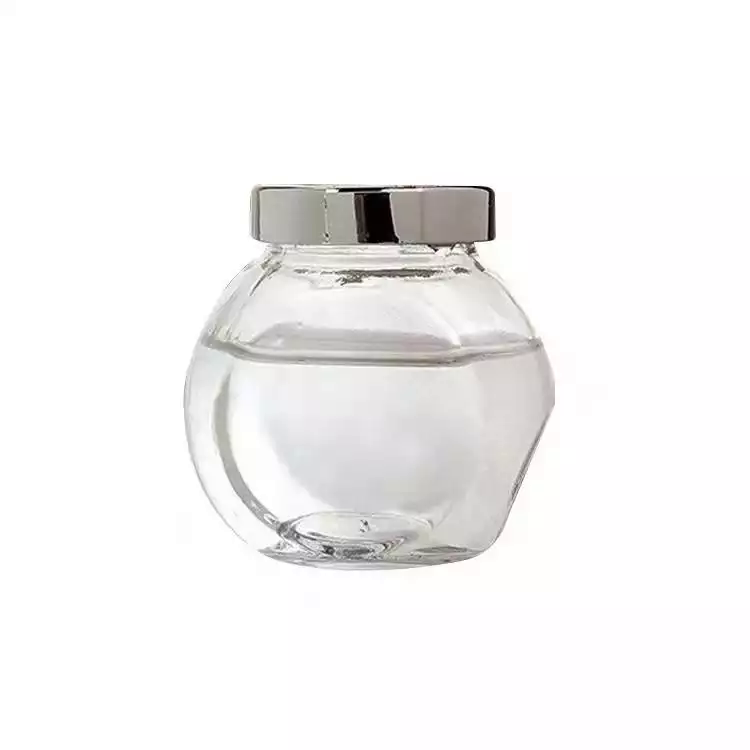 6704-31-0 98%View Details
6704-31-0 98%View Details
6704-31-0 -
 3-Oxetanone, 95% CAS 6704-31-0View Details
3-Oxetanone, 95% CAS 6704-31-0View Details
6704-31-0 -
 3-Oxetanone CAS 6704-31-0View Details
3-Oxetanone CAS 6704-31-0View Details
6704-31-0 -
 3-Oxetanone CAS 6704-31-0View Details
3-Oxetanone CAS 6704-31-0View Details
6704-31-0 -
 1975-50-4 98%View Details
1975-50-4 98%View Details
1975-50-4 -
 14714-50-2 (2-Hydroxyphenyl)acetonitrile 98+View Details
14714-50-2 (2-Hydroxyphenyl)acetonitrile 98+View Details
14714-50-2 -
 118753-70-1 98+View Details
118753-70-1 98+View Details
118753-70-1
Statement: All products displayed on this website are only used for non medical purposes such as industrial applications or scientific research, and cannot be used for clinical diagnosis or treatment of humans or animals. They are not medicinal or edible.